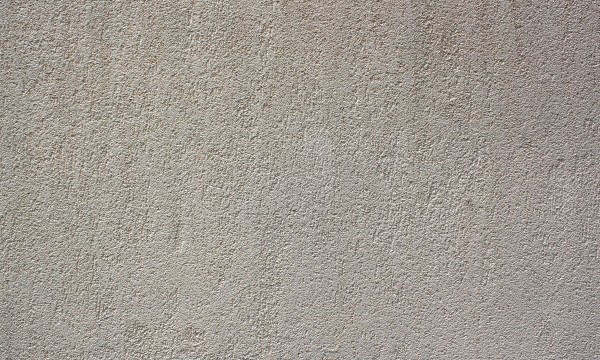Plaster walls are more substantial and durable than wallboard. Follow these tips and your walls will last not just your lifetime, but will probably go the distance for your grandchildren's lifetimes, too.
- Browse Categories
- All Tips
-
Home & Garden
- All
- Appliances
- Bathroom
- Cleaning
- Crafts
- Decorating
- Electrical
- Flooring
- Furniture
- Garage Door
- Gardening
- Green Living
- Heating
- Home Alarm Systems
- Home Maintenance
- Home Remedies
- Home Security
- Home Staging
- House Sitting
- Junk Removal
- Kitchen
- Lawn Care
- Lock Systems
- Moving
- Outdoor Living
- Pest Control
- Plumbing
- Renovation
- Roofing
- Snow Removal
- Storage
- Tools
- Tree Service
- Health
- Family
- Travel
- Auto
- More Tips
Your account is now active!

9 tips for maintaining a plaster wall
July 28, 2015

1. Use the cracks to diagnose the problem
- Small diagonal cracks above a window or door can simply be patched. Diagonal cracks are the result of settling and can also be patched.
- If the cracks are large, uneven in width, or recessed, the problem may be structural and you should call a professional.
2. Patch small holes as they occur
- The weight of loose plaster creates stress on the surrounding plaster. Small holes are easy to fix — don't neglect them and let them become large ones.
3. Install doorstops
- A doorknob that bangs into a wall can damage not only the area it hits, but a lot of the surrounding plaster, too. Make sure that all doors are equipped with sturdy doorstops.
4. Keep your tools clean
- Make a point of washing and rinsing your tools and pans thoroughly before you mix a second batch of patching plaster. Otherwise, the old leftover patching plaster activates drying compounds in the new plaster, and it can harden before you get it from the sink to the wall.
5. Spatula tip
- If you are making a small repair to plaster, use a small rubber kitchen spatula, which is more flexible and easier to use than a putty knife. A spatula is great for applying plaster in areas too narrow for a putty knife.
6. Keep it dry
- Contact with water will stain and eventually ruin plaster. Fix the leaks first; then repair or repaint the plaster.
- Before painting over a stain, coat it with a stain killer to prevent show-through.
7. Patching with the right materials
- Making surface repairs to plaster is easy if you select the best patching compound for the job.
- Fill small cracks in plaster with spackling compound.
- Fix a persistent crack with self-sticking fibreglass tape, and cover the tape with three coats of quick-setting joint compound.
- Patch holes with patching plaster — a special mix that is stronger than plaster and seldom requires more than one coat.
8. Match the surface
- If the wall is textured, try dragging a comb, brush, crumpled newspaper or sponge on the wet plaster.
- If the wall has a sandy surface, let the patch dry and prime it. Then apply a topcoat of latex paint mixed with sand.
- If the wall is smooth, just smooth it with a putty or drywall knife but scrape the knife frequently on a clean piece of wood to keep little pieces of dried plaster from scratching the surface.
9. Four steps to repair a hole
- Tap on the plaster surrounding the hole. A hollow sound indicates plaster has separated from the lath. Pry gently with a putty knife to remove any loose plaster.
- Hollow the area under the edge of the plaster by running a V-shaped beverage opener around the opening. You want the edge to slant inward so that the repair area is wider at the base than at the surface to help anchor the patch.
- Mix the patching plaster as directed. Dust out the inside of the hole and lightly mist it with water just before you apply the plaster to help it stick.
- Apply the plaster with a putty or drywall knife. Fill the hole and smooth the patch so it's flush with the wall. Once the patch dries, sponge or sand it smooth.
National advertising powered by Mediative.com. Yellow PagesTM, Walking Fingers & DesignTM, YP.caTM, Find. & DesignTM, YellowPages.caTM, Canada411TM and YP ShopwiseTM are trademarks of Yellow Pages Digital & Media Solutions Limited in Canada. All other trademarks are the property of their respective owners. Copyright © 2018 Yellow Pages Digital & Media Solutions Limited. All Rights Reserved.
More Tips
The material on this website is provided for entertainment, informational and educational purposes only and should never act as a substitute to the advice of an applicable professional. Use of this website is subject to our terms of use and privacy policy.






